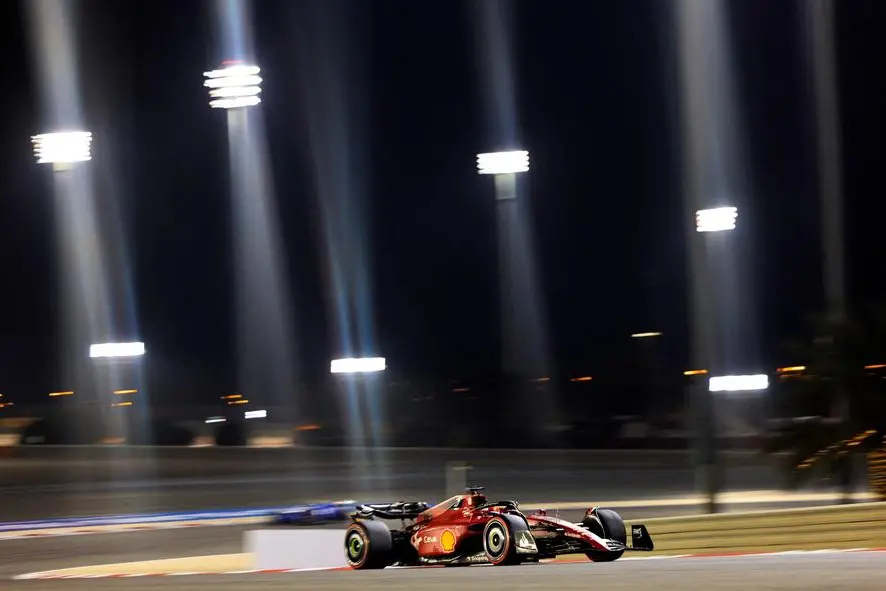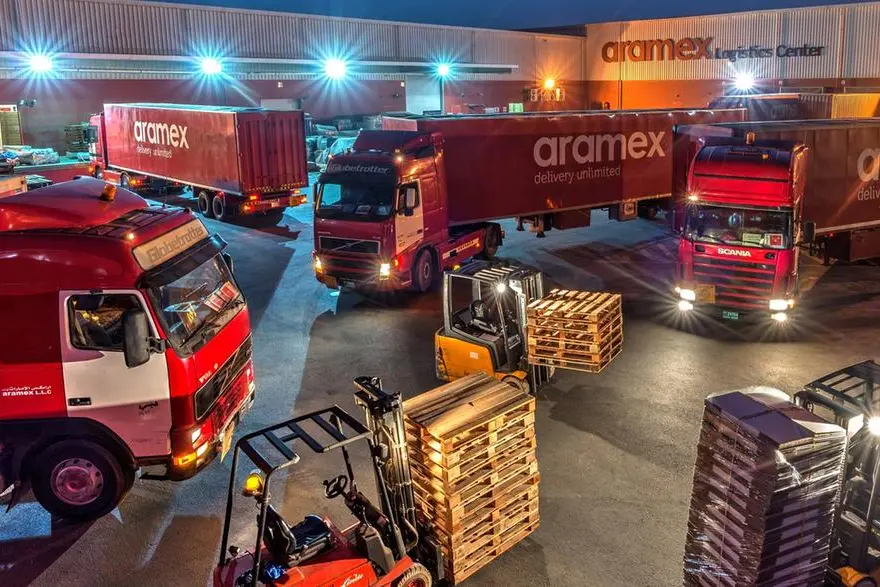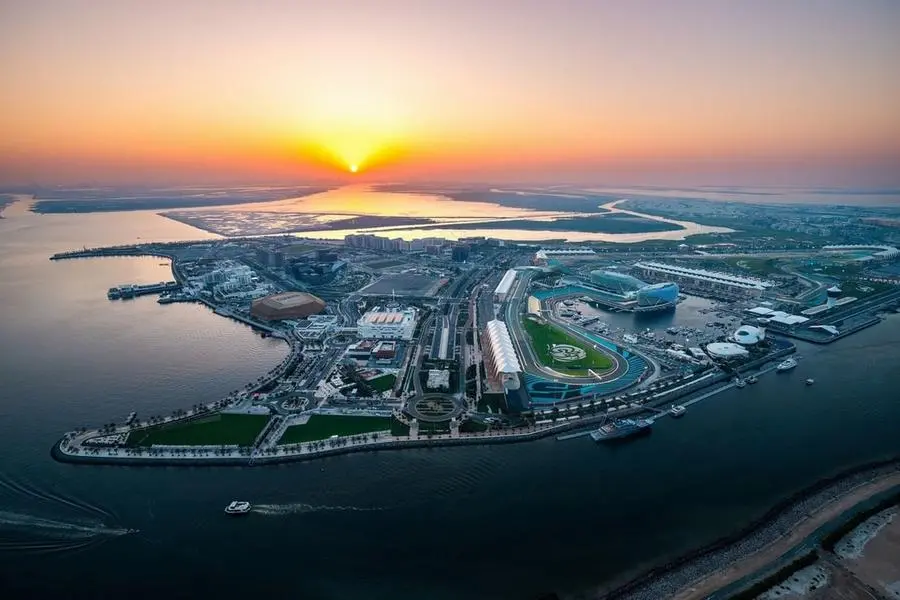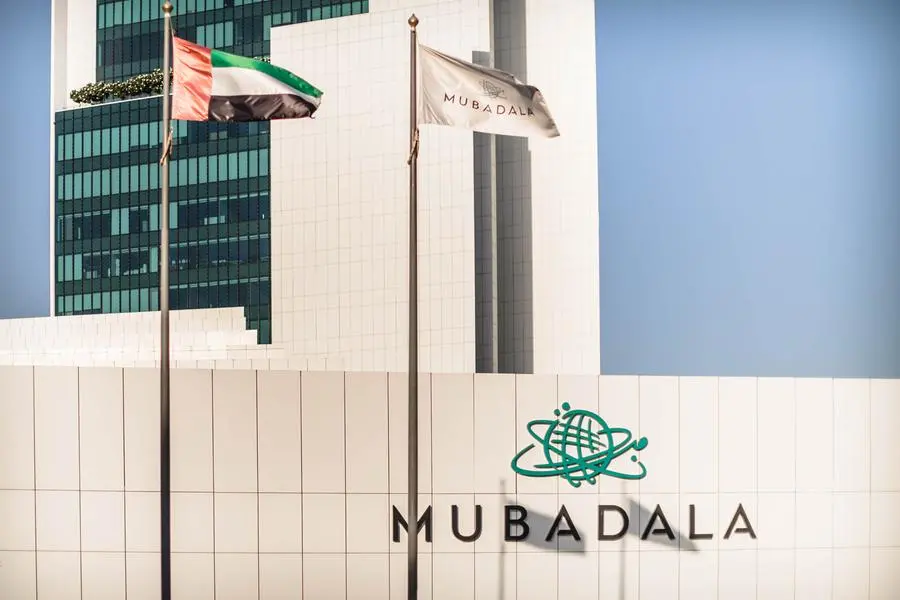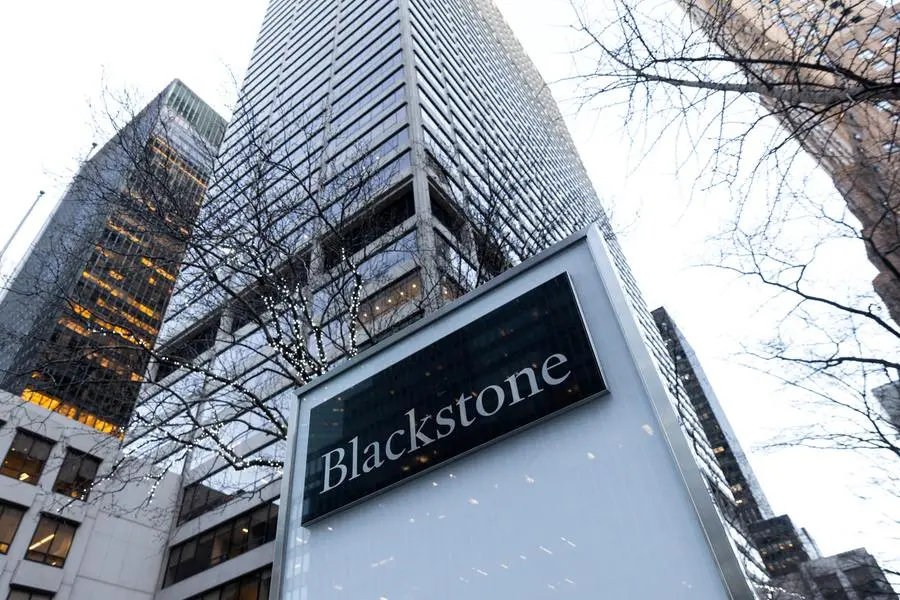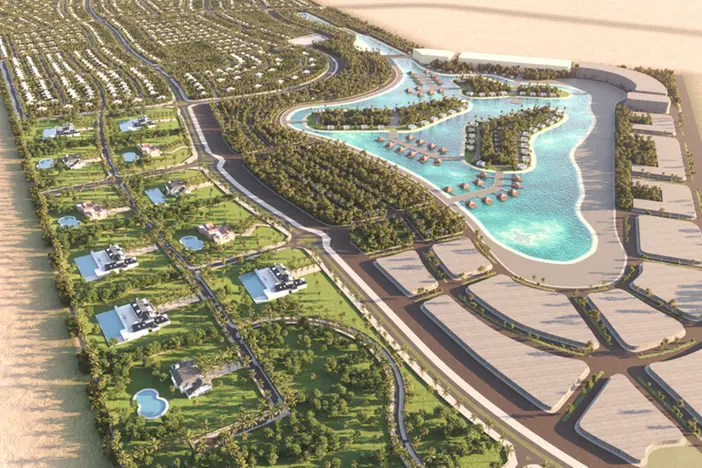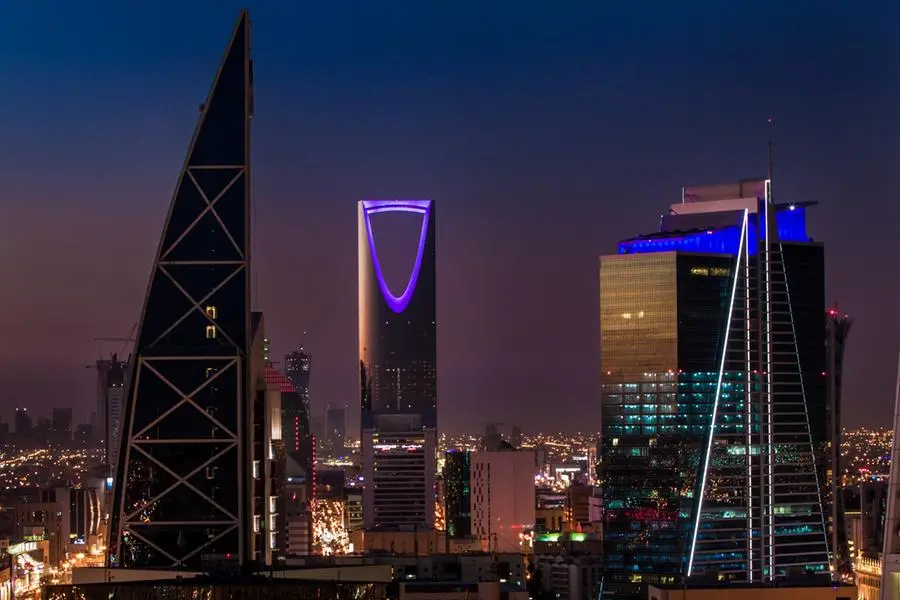PHOTO
Formula One F1 - Bahrain Grand Prix - Bahrain International Circuit, Sakhir, Bahrain - March 20, 2022 Ferrari's Charles Leclerc in action during the race REUTERS/Thaier Al-Sudani Image used for illustrative purpose.
Bahrain was first to build a track and host a Formula One (F1) race in the region, but there was competition. UAE, Egypt and Lebanon were all potential alternative candidates, but in 2002 the FIA came calling and Bahrain beat their internal competition, as a result of a firm commitment to deliver a race by 2004. It was of course a risk, but 17 Grand Prix later, it is absolutely clear that this was a risk worth taking, said an expert.
Even more so, when one considers that as far as economic and real estate benefits are concerned, the best is yet to come, according to Julian Roche, the chief economist at Cavendish Maxwell, a leading global property consultant.
With the signature of the new contract, understood to be the longest race deal ever signed in F1, the Bahrain International Circuit has secured a place on the calendar until 2036. This will provide real estate developers and investors with plenty of food for thought, it stated.
Bahrain’s track was designed by Hermann Tilke and built in just 16 months at an estimated cost of $150 million. How effective has the investment been? One way to determine the answer is to use the detailed independent assessment that was made of the 2006 Grand Prix as a benchmark.
At that time, research commissioned by the Bahrain International Circuit (BIC) suggested that the Grand Prix accounted for now less than 2.76 per cent of Bahrain’s gross domestic product (GDP), contributing $394 million gross (around $350 million net after FIA fees) to the economy.
Staggering ROI of 100%
This number no doubt continued to rise in real (post inflation) terms, but even assuming that this figure did not change all the way out to 2016, assuming that other capital expenditure just ‘pays for itself’ in extra jobs and spending, and using a cost of government borrowing of 4.5% for 2006, the net benefit to
Bahrain turns out to be in the region of $2.7 billion, with a staggering rate of return in the order of 100%, stated the leading property expert.
And that is without including all the races that have taken place since 2016, or the fact that gross race revenue figures have increased dramatically since then. Formula Money, the independent F1 industry monitor and economic consultancy, estimated the net return to Bahrain at $295 million in 2015, which would entail a net benefit of $1.9 billion and a rate of return of around 80%.
Economic benefits
Either calculation is far higher than Bahrain’s own conservative estimate at the time of a $1 billion net benefit, which seems lower than independent data would suggest, and is explained by the fact that consultancies believe that so little of the spending in Bahrain as a result of each race is leakage from what would have happened elsewhere in the country.
But any of these estimates makes the Bahrain Grand Prix track one of the most successful investments in the Gulf, and indeed in the world.
At a more granular level, we know from the 2006 research that $284 million of economic benefits accrued outside the circuit. This included $81 million on accommodation and F&B, $21 million on travel, $109 million at retail outlets and $73 million on entertainment.
Hotels usually run at 100% occupancy during Grand Prix week, with a useful synergy having developed with Gulf Air, prime sponsor of the Bahrain Grand Prix, as half of the guests arrive at Bahrain International Airport.
This occupancy rate is despite steady growth in the number of hotel rooms in the country, from around 6,788 to 10,488 in 2016 and 19,700 in 2020.
Occupancy for just the week of the Grand Prix does not of itself justify the investment that these numbers demonstrate, but the Bahrain Grand Prix contributes to the marketing efforts of local hotels and conference facilities to sell meetings, incentives, conferences and exhibitions (MICE) packages and events around the circuit for the rest of the year, stated the report.
Figures from the World Tourism Authority also show that tourism to Bahrain grew by more than
10% between 2015-19, with holidays in Bahrain accounting for a rapidly increasing percentage of the total and tourism expenditure rising even faster, growth for which the F1 race provides both a direct and marketing contribution.
A strategic location decision
There are many location choices open to a government that decides to host an F1 race for the first time. Build a racetrack or stage a street race, that is the first choice. Monte Carlo led the way for a street race, followed by Singapore and now Jeddah.
When the decision was taken in 1999 to launch the project, there were indeed suggestions of locating it on to the streets of capital Manama.
But everyone else has decided to opt for constructing a purpose-built track, at considerable cost, and Bahrain decided to follow this latter approach.
The second question therefore became location. How close to the city? Some wanted it located it close to the country’s highway network. The final choice, located in the Sakhir area in the centre of Bahrain’s main island, was despite formidable construction challenges ideal from a motorsport perspective, not least because it allowed at least some variation in elevation for the track as well as multiple circuit choices over an extended development area, stated Cavendish Maxwell.
Long-term real estate benefits
But there were long-term real estate benefits to be taken into account as well: by locating the circuit close to Manama, Bahrain could have taken all its benefits at once, back in 2004, but instead, chose to make a risky strategic decision that would defer many of the economic benefits for decades, but which would eventually avoid future congestion and contribute to the strategic development of the country, said the property specialist.
The next 20 years have a potential to deliver benefits that locating the circuit close to Manama could never bring. With the signature of the new contract, understood to be the longest race deal ever signed in F1, the Bahrain International Circuit has a secure place on the calendar until 2036.
This will provide real estate developers and investors with plenty of food for thought. For up until now, the Sakhir Circuit simply has been seen as situated in the middle of the desert, a 40-minute drive from Manama, very much the centre of political, economic and real estate action in the kingdom.
Land values in Zallaq are still significantly below those of Manama. But as the experience of Malaysia’s new airport showed, development along corridors linking major assets to the traditional administrative and commercial centre is both a viable as well as a likely future development.
As numbers attending the Grand Prix (and around 400 other events held at the circuit such as GT sports and drag racing continue to rise, and also as the university nearby expands, the need for more hotels, more other entertainment venues and even for additional residential development in Zallaq has the opportunity to increase.
In fact, for example, the circuit is only 5km from the sea, where there are already luxury hotels, with more now under development.
The Government is evidently keenly aware of the logic of development in the area, as the decision to build the new Bahrain Exhibition Centre and the Dana Theatre both demonstrate, said the report by Cavendish Maxwell.
Watching relative land prices, zoning decisions, real estate investment opportunities and development decisions both in and around the area of the Sakhir Circuit and along what we might begin to call the Manana-Zallaq Corridor can now become a steadily more interesting subject as the years of the new decade pass, it added.
A far-sighted decision
Hosting an F1 race does not just bring real estate market benefits, of course. There are both temporary and permanent jobs involved, some 3,000 each year, and the Bahraini government also owns a majority stake in the McLaren Group, said the property industry expert.
With the reputation of the Bahrain Grand Prix now cemented into the global calendar, the opportunity for Bahraini developers to think about co-branding is now very real - not only along the corridor, but across the whole country.
Perhaps the biggest benefit of all, however, is the benefit to the reputation on the host country. It is fair to say that especially following the unique contribution Sakhir made in 2020, hosting two races in a single season on different circuits, Bahrain is now well-known internationally for hosting F1 as for any other single event.
For that, Bahrain can thank the far-sighted vision of its leaders back in 1999, when they chose to put the country on its journey towards a place on the F1 map, a place where it now sits assuredly and with now a proud history of successful races. There will be many more to come.
About the author: Julian Roche is the chief economist at Cavendish Maxwell, a leading global property consultant.
Copyright 2022 Al Hilal Publishing and Marketing Group Provided by SyndiGate Media Inc. (Syndigate.info).
